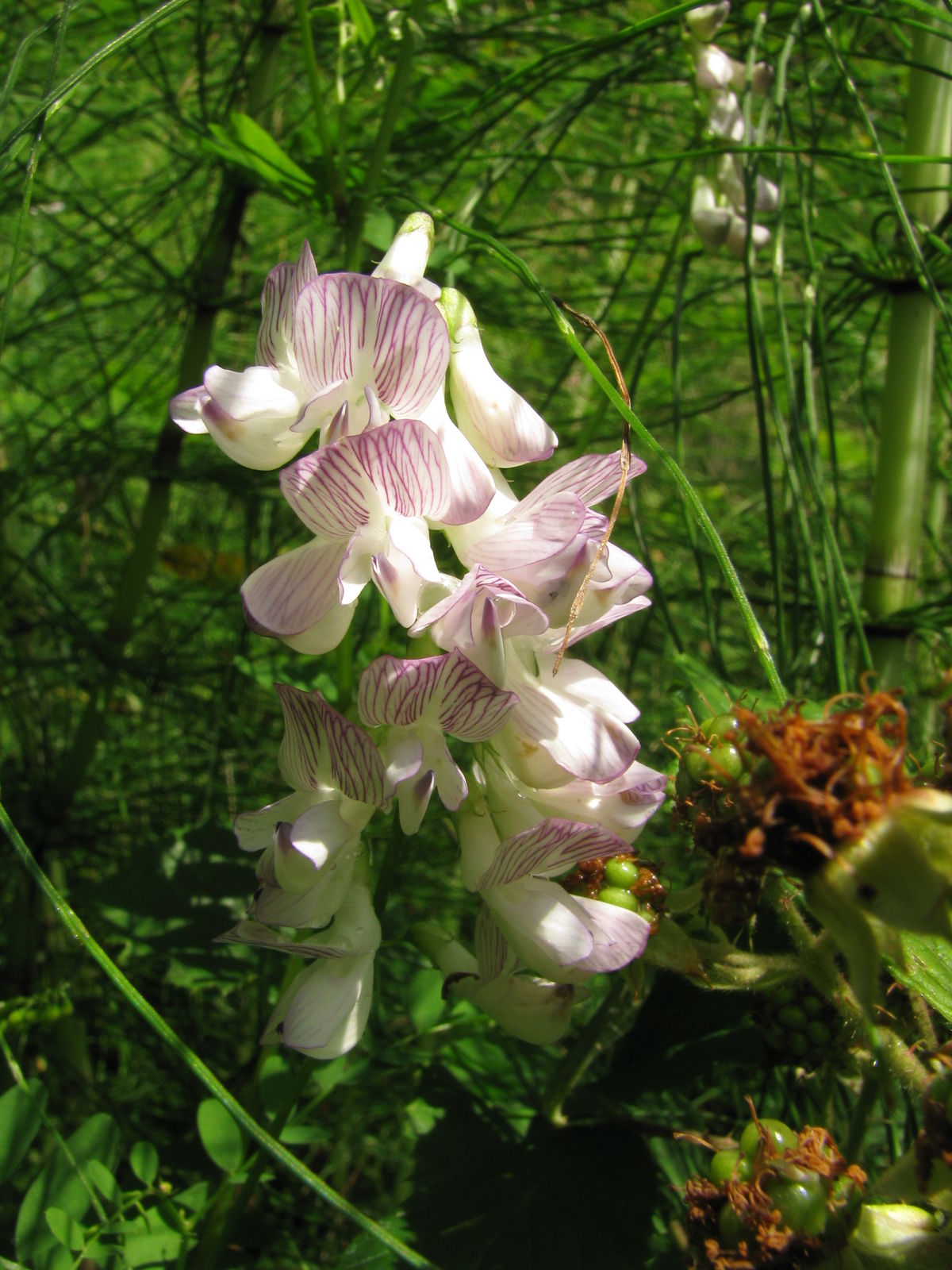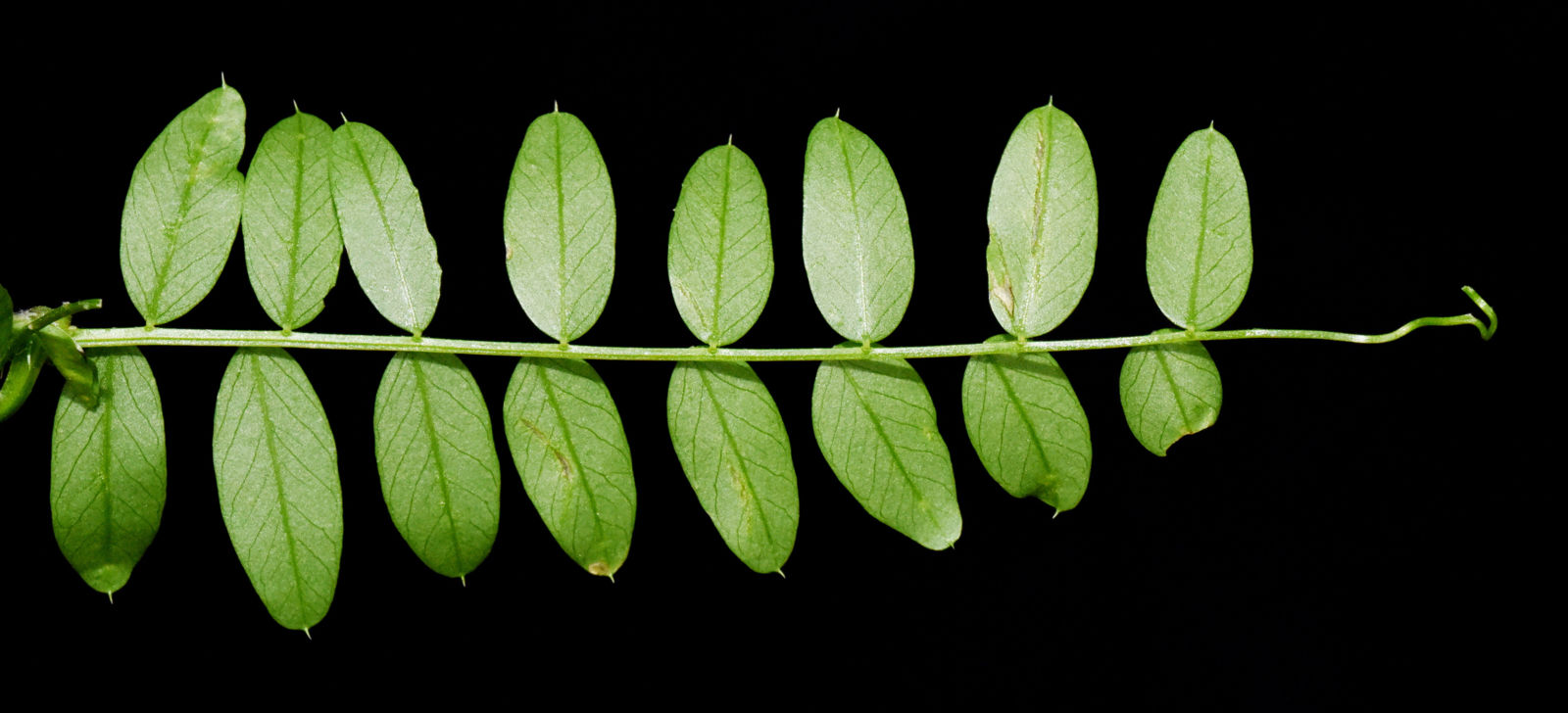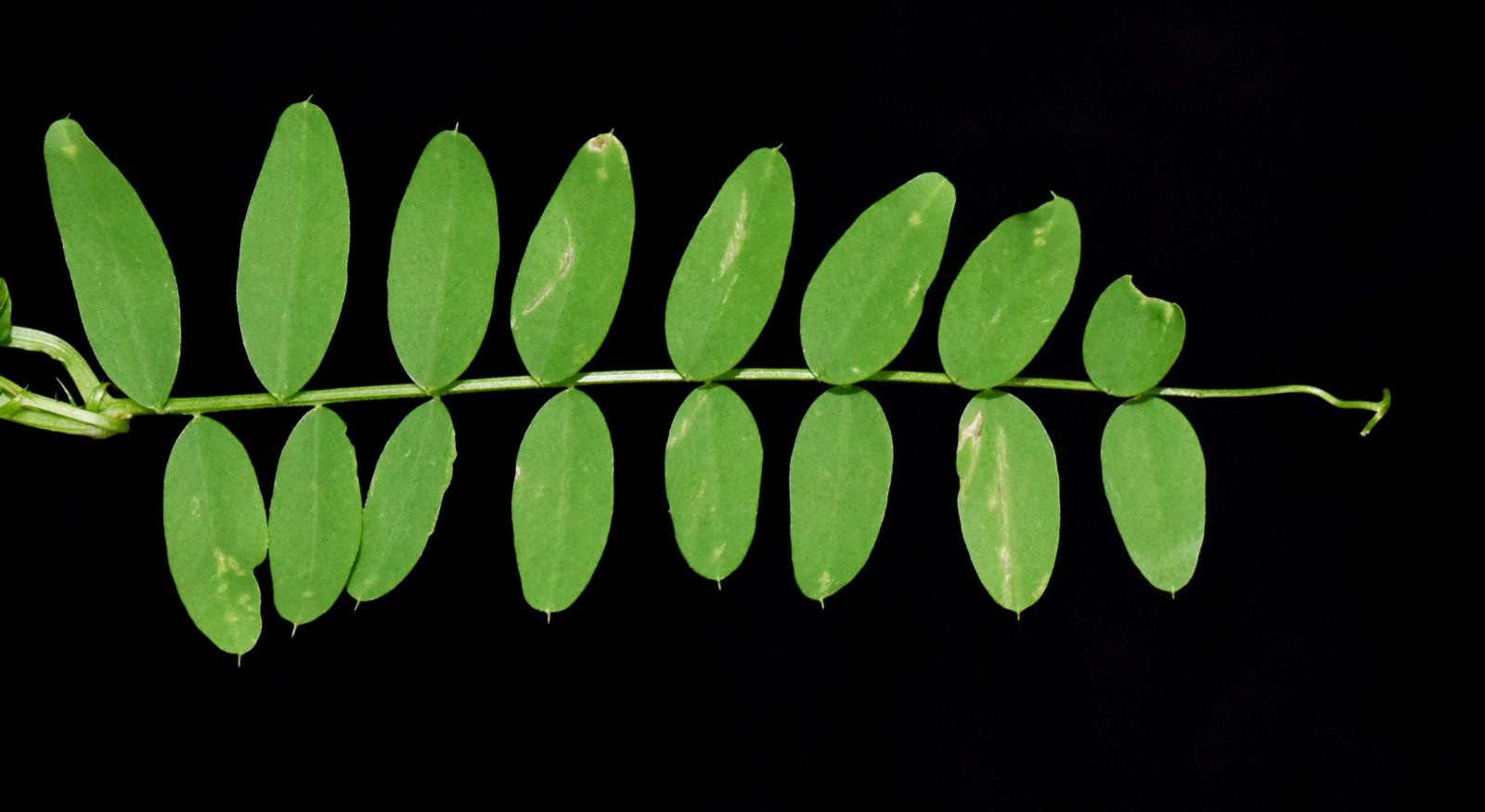Wood Vetch
vicia sylvatica
Also known as: ["Wood Vetch","Woodland Vetch"]
Overview
A climbing or sprawling perennial legume native to woodland edges and clearings in Europe.
Benefits & Perks
["wildlife attractant (bees, butterflies, birds)","disease resistant"]
Botanical Classification
| Phylum: | Magnoliophyta |
| Class: | Magnoliopsida |
| Order: | Fabales |
| Family: | Fabaceae |
| Genus: | Vicia |
| Botanical Name: | Vicia sylvatica |
Plant Characteristics
Basic Information
- Category: Flowers
- Suitable Location: garden bed or container in partial shade
- Suitable For:
- Is Weed: No
- Allergenicity: low
Environmental Needs
- Climate: {"temperatureRange":"0–30°C"}
- Hardiness: {"zones":"4–8"}
- Misting: rarely required, only if ambient humidity is very low
- Drainage: Fast-draining to prevent waterlogging.
- Soil Type: Well-draining, loamy soil with added organic matter; can tolerate poor soils.
Maintenance Level
- Maintenance Level: moderate
- Toughness Level: moderate
- Pruning Frequency: Light pruning can be done as needed; major pruning in late winter or early spring.
- Pruning Intensity: Light to moderate; avoid heavy pruning unless necessary for health or shape.
Care Details
Ideal Sunlight Coverage:
Full sun to partial shade (4–6 hours of direct sunlight daily); tolerates some shade in hotter climates.
Sunlight Tolerance Tips:
Acclimate gradually to direct sun to avoid scorching; provide afternoon shade in hot regions; adjust indoor placement to mimic natural light conditions.
Care Requirements
Care Difficulty
easymoderate
Sunlight
partial shade to full sun
Rotate plant for even growth; use sheer curtains to filter intense light; avoid direct afternoon sun in summer.
Watering
every 7–10 days during active growth, reduce in winter
Water thoroughly but infrequently; ensure proper drainage; adjust based on season and growth stage.
Soil
well-drained, loamy soil with moderate organic content
pH: Slightly acidic to neutral (pH 6.0–7.0).
Use a mix of potting soil and perlite; avoid heavy clay soils; ensure pots have drainage holes.
Temperature
Prefers cool to moderate temperatures (60–75°F or 15–24°C); can tolerate cooler nights down to 50°F (10°C).
Avoid sudden temperature fluctuations; protect from frost; ensure good air circulation in warm conditions.
Fertilizing
every 4–6 weeks during growing season
Fertilize less in winter; apply to moist soil to prevent root burn; flush soil occasionally to prevent salt buildup.
Propagation
Methods
Stem cuttings or division; stem cuttings are more common for home growers.
Step-by-Step Propagation Guide
- Take a 4–6 inch cutting.
- Remove lower leaves.
- Dip in rooting hormone (optional).
- Plant in medium.
- Keep moist and warm.
Best Time: Spring or early summer when the plant is actively growing.
Environment
Warm, humid environment with indirect light; maintain consistent moisture.
Medium
Well-draining potting mix with perlite or sand; can also root in water initially.
Hormone
Rooting hormone is optional but recommended for faster rooting.
Timeline
Roots may develop in 2–4 weeks; new growth may appear in 6–8 weeks.
Tools Needed
Pruning shears, rooting hormone, small pots, well-draining mix.
Quick Tips
Use healthy, non-flowering stems; maintain humidity with a plastic bag; avoid overwatering.
Pruning & Repotting
Pruning Guide
Method
Use clean cuts just above a leaf node or bud; remove crossing or crowded branches.
Pruning Plan
Prune to maintain shape, encourage bushier growth, and remove dead or diseased parts.
Tools
Pruning shears, sterilized scissors, gloves.
Checklist
Sterilize tools; prune dead/diseased parts; shape as needed; clean up debris.
Repotting Guide
Best Season
Early spring before active growth begins.
Pot Size
Choose a pot one size larger (1–2 inches wider) than the current one.
Method
Remove plant gently; trim roots if needed; place in new pot with fresh soil; water lightly.
Suggestions
Repot every 2–3 years or when roots fill the pot; beneficial for growth and soil health.
Checklist
Check root bound status; prepare new pot with drainage; trim roots if necessary; use fresh soil.
Advanced Care Tips
Watering Mastery
Watering Checklist
Check soil moisture; water deeply; ensure drainage; adjust for season.
How to Apply Water Properly
Water at the base of the plant, ensuring moisture reaches the root zone; avoid wetting foliage to prevent fungal issues; allow excess water to drain away.
Watering Schedule Tips
Water deeply once the top inch of soil feels dry; reduce frequency in winter to prevent root rot.
Soil Improvement
Add perlite or sand for drainage; incorporate compost for fertility; ensure good aeration.
Temperature Stress Management
Signs of Temperature Issues
Wilting, yellowing leaves, or stunted growth in extreme heat; leaf drop or browning in cold stress.
Cold Stress
Slows growth; may cause leaf discoloration or dieback in prolonged cold; vulnerable to frost damage.
Solution: Provide frost protection in winter; move potted plants indoors; avoid placing near drafty windows or doors.
Hot Stress
Leaves may wilt, curl, or scorch; flowering may be reduced; growth may become stunted.
Solution: Provide shade during peak heat; increase watering frequency; use mulch to retain soil moisture.
Fertilizing Guide
Fertilizing Checklist
Check growth stage; dilute fertilizer; apply to moist soil; avoid winter feeding.
Fertilizing Method
Use balanced liquid fertilizer diluted to half strength every 4–6 weeks during active growth (spring and summer); avoid fertilizing in winter.
Common Problems & Solutions
Toxicity Warning
Cats
Slightly ToxicCats may experience mild gastrointestinal upset if they consume Vicia sylvatica seeds or pods. The lectins in the plant can disrupt digestive processes, leading to mild symptoms.
⚠️ Symptoms:
🌿 Toxic Parts:
⚡ Toxic If:
if eaten
Dogs
Slightly ToxicIn dogs, ingestion of Vicia sylvatica seeds and pods may lead to mild gastrointestinal irritation due to the presence of lectins. Symptoms are typically self-limiting but can cause discomfort.
⚠️ Symptoms:
🌿 Toxic Parts:
⚡ Toxic If:
if eaten
Humans
Slightly ToxicVicia sylvatica contains lectins and other compounds that can cause mild gastrointestinal distress if ingested in significant quantities. The lectins interfere with nutrient absorption and may lead to digestive upset.
⚠️ Symptoms:
🌿 Toxic Parts:
⚡ Toxic If:
if eaten
Frequently Asked Questions
Q: Is Vicia sylvatica toxic to pets?
A: Yes, it is mildly toxic to dogs and cats.
Q: Where does Wood Vetch typically grow?
A: It is found in woodland edges and clearings in Europe.
Q: Does Wood Vetch attract wildlife?
A: Yes, it attracts bees, butterflies, and birds.
Quick Reference
| Family: | Fabaceae |
| Care: | easy |
| Light: | partial shade to full sun |
| Water: | every 7–10 days during activ |
Get Expert Care Tips
Download the Plantious app for personalized care reminders and plant identification!
Google Play App Store








